Marseille Colonial Exposition, 1906
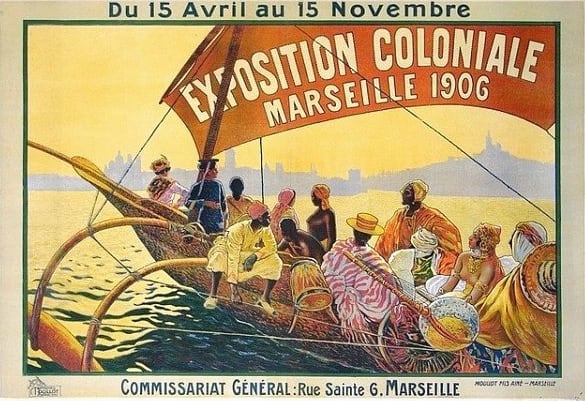
The Marseille Colonial Exposition of 1906 was the third colonial exposition organized in France, after Rouen in 1896 and Rochefort-sur-Mer in 1898. The exposition was open from April 15 to November 18, 1906. There were over 1,800,000 visitors, mostly from France of course, who came to see pavilions and indigenous peoples from the French Colonies in Indo-China, West Africa, Madagascar, Tunisia, and Algeria. Large greenhouses exhibited exotic plants including orchids, palms, cycads, pandanus, coffee trees, cocoa trees, rubber plants, etc.
While no pictures of an incubator pavilion have been found to date, we know that Alexandre Lion had an incubator baby exhibit at this exposition, as attested by contemporary press coverage and the usual souvenir postcards.
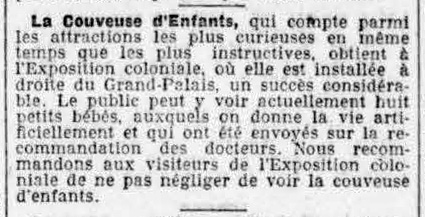
The children’s incubator, which is one of the most curious attractions as well as the most instructive, obtained a considerable success at the colonial exhibition, where it was installed to the right of the Grand-Palais. The public can currently see eight little babies who are given life artificially and who were sent on the recommendation of doctors. We recommend that visitors to the Colonial Exhibition do not neglect to see the children’s incubator.

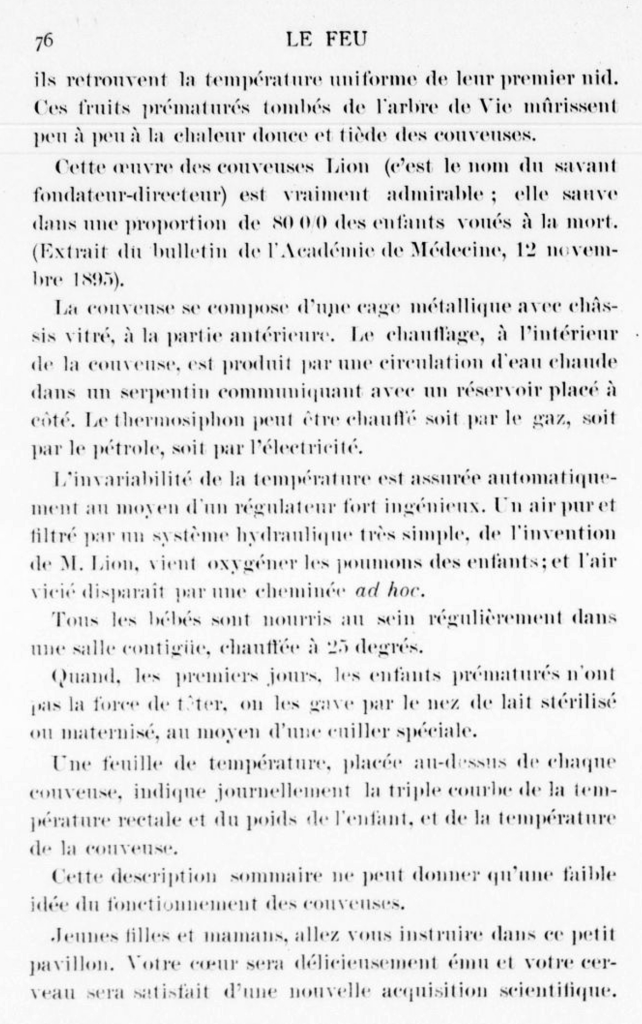
In this pavilion located to the right of the Grand Palais, one finds the little angels in a hurry to leave the maternal cradle before the end of natural laws.
As soon as they appeared, they were received by benevolent hands who placed them in artificial cradles where they find the uniform temperature of their first nest. these premature fruits fallen from the tree of life ripen little by little in the gentle, warm heat of the incubators.
This work of the Lion incubators (this is the name of the learned founder-director) is truly admirable; it saves a proportion of the 80% otherwise doomed to death. (Excerpt from the bulletin of the Academy of Medicine, November 12, 1895.)
The incubator consists of a metal cage with a glass frame at the front. The heating, inside the incubator, is produced by a circulation of heated water in a coil communicating with a tank placed next to it. The thermosiphon can be heated either by gas, oil or electricity.
The invariability of the temperature is ensured automatically by means of a very ingenious regulator. Pure air filtered by a very simple hydraulic system, invented by Mr. Lion, comes to oxygenate the children’s lungs; the old air disappears through an ad hoc chimney.
Toddlers are breastfed regularly in an adjoining room heated to 25 degrees.
When, during the first days, premature infants do not have the strength to suckle, they are fed through the nose with sterilized formula or mother’s milk, using a special spoon.
A sheet of temperature, placed above each incubator, indicates daily the triple curve of the rectal temperature and the weight of the child, and the temperature of the incubator.
This summary description can give only a faint idea of the operation of incubators.
Young girls and mothers, go learn in this little pavilion. Your heart will be deliciously moved and your brain will be satisfied with a new scientific acquisition.
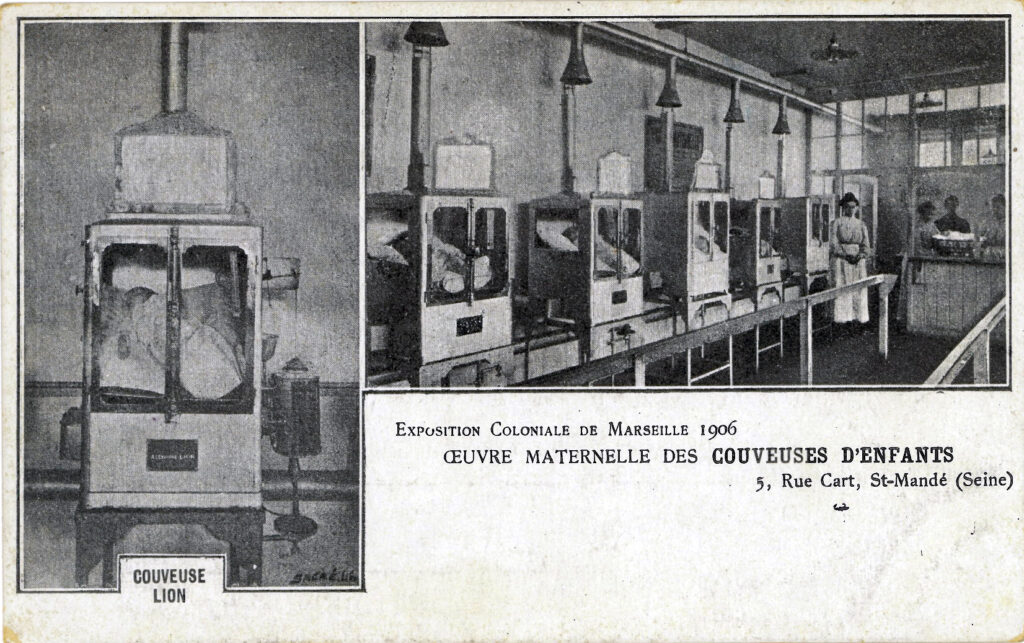
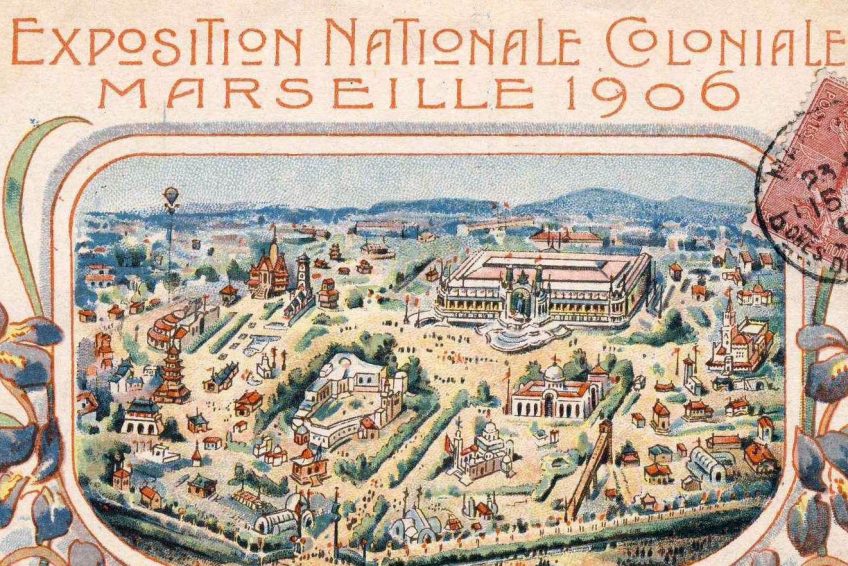
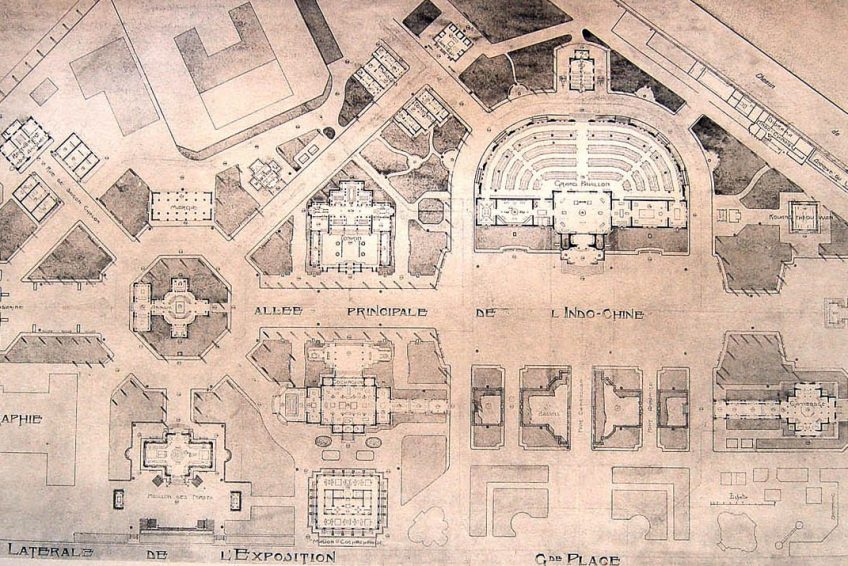
- General Information
- Press Coverage
- La Maternité “Lion de Nice” pour Enfants Nés Avant Terme ou Débiles, by Dr. Ciaudo, 1895.
- Les Couveuses pour Enfants, Gazette Médicale de Paris, 1900
- Couveuses d’Enfants, La Maternité Lion, Paris, La Patrie, 1897
- Paris Letter: An Improved System of Incubators, by O. Jennings, Pediatrics 1:427-428, 1896
- Baby Incubators, The Strand Magazine, 1896, by James Walter Smith
- Human Infant Incubation: A True Fairy-Tale of Modern Science from Leslie’s Weekly, 1897
- The Saving of Human Life, Maternité Lion in NYC, The Literary Digest, 1898
- Immature Infants in France, from The Lancet, January 16, 1897, page 196.
- Alexandre Lion’s Incubator Charities in Europe (1894–1898) (The Embryo Project)
- Newspaper Articles about Lion’s Storefronts and Expositions
- Maternité Lion Souvenir Booklets
- Oeuvre Maternelle des Couveuses d’Enfants , Paris Institute, Booklet Version #1 (appears to be ~1896)
- Oeuvre Maternelle des Couveuses d’Enfants , Paris Institute, Booklet Version #2 (appears to be ~1901)
- Pamphlet from Alexander Lion’s exhibit at the 1898 exhibition in Torino, Italy. (PDF supplied by Dr. Thijs Gras, Amsterdam)
- Worlds Fairs and Expositions
- Maternité Lion at the Lyon Exposition Universelle et Coloniale, 1894
- Maternité Lion at the Bordeaux Exposition of 1895.
- “La Maternité Lion,” by Louis Énault, Journal of the Bordeaux Exposition, 1895
- Maternité Lion at the Amsterdam World Exposition, 1895
- Maternité Lion at the Berliner Gewerbeausstellung, 1896
- Maternité Lion at the Exposition National Suisse, Geneva, Switzerland, 1896
- Maternité Lion at the Tennessee Centennial Exposition, 1897
- Maternité Lion at the Brussels International Exposition, 1897
- Maternité Lion at the Turin L’Esposizione Generale Italiana, 1898
- Maternite Lion at the Ghent Provincial Exposition of 1899
- Maternité Lion at the Paris Exposition Universelle of 1900
- Woman’s Exhibition in Earls Court, London, 1900
- Maternité Lion at the Lille Exposition of 1902
- Maternité Lion at the Marseille Colonial Exposition of 1906
- Maternite Lion at the Bordeaux International Maritime Exposition of 1907
- Maternité Lion at the Marseille Exposition Internationale d’Électricité, 1908
- Maternité Lion at the Exposition Internationale de l’Est de la France, Nancy, France, 1909
- Maternité Lion at the Brussels Exposition Universelle et Internationale, 1910
- Maternite Lion at the Exposition du Centre de la France, Clermont-Ferrand, 1910
- Maternité Liion at the Rome International Exposition of 1911
- Maternité Lion at the Turin International Exposition of 1911
- Maternité Lion at the Ghent International Exposition of 1913
Last Updated on 05/07/23